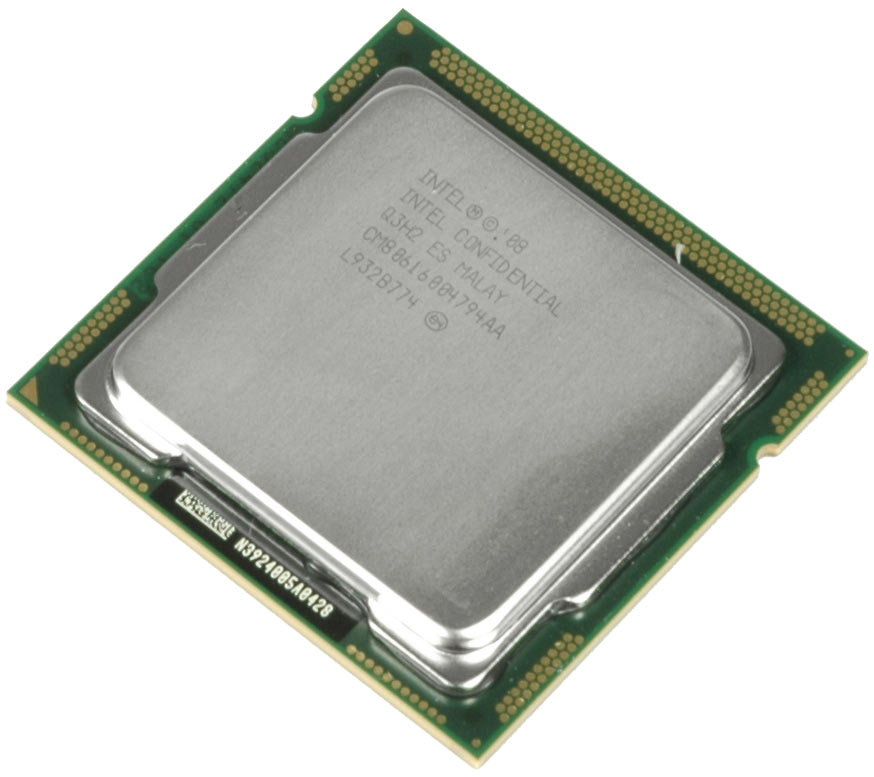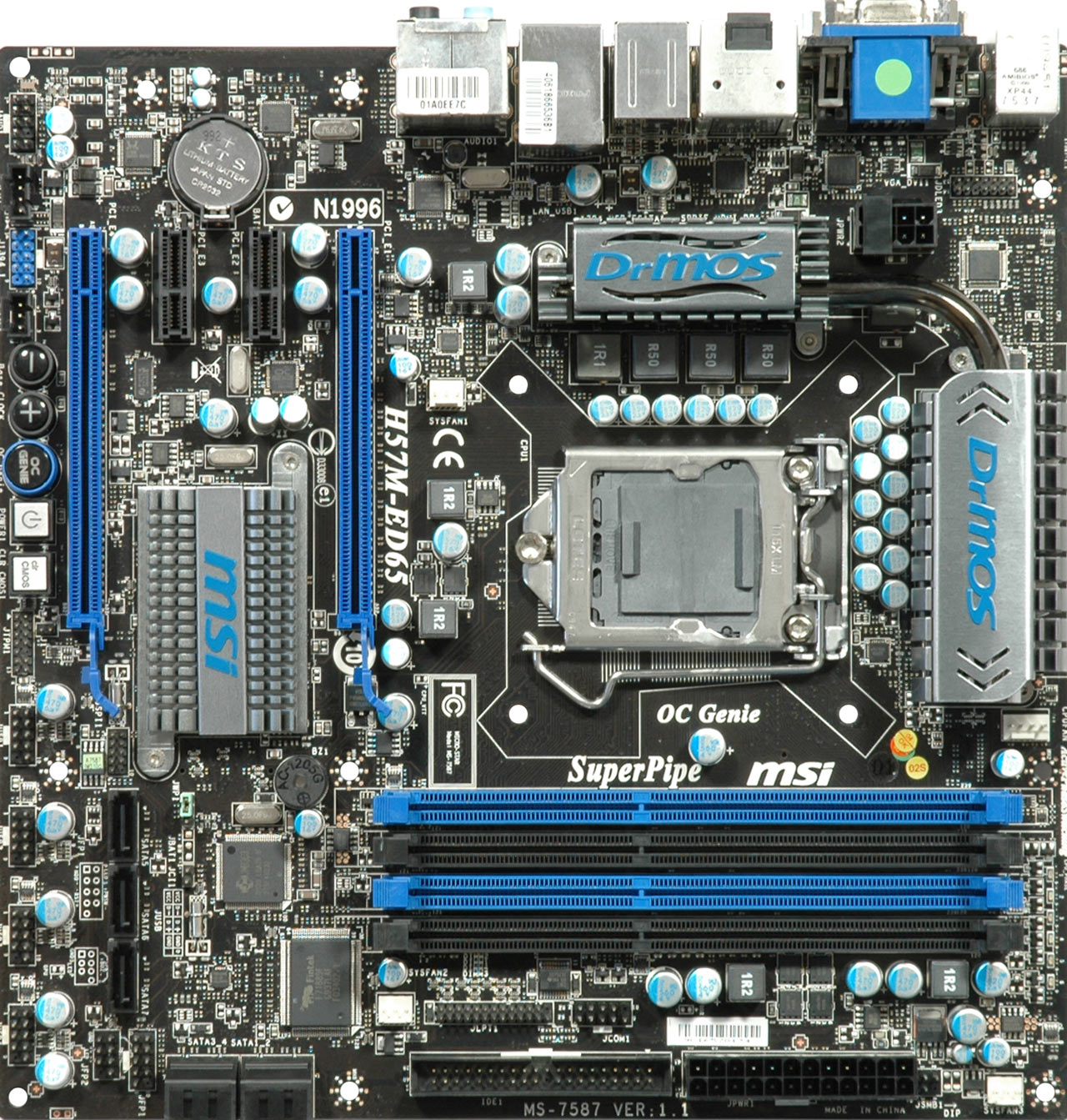Maximum Efficiency: Build A 25W Performance PC Using Core i5
Core i5-661 And MSI H57M-ED65
Still fresh out of Intel's starting blocks, the Clarkdale-based 32nm dual-core CPU with an on-package 45nm graphics/memory controller has made quite a good impression with regard to performance. The family from which the -661 hails remains controversial though, mainly because of its steep pricing. AMD offers much better value per dollar, and the direct comparison of AMD's existing dual-core CPUs against Intel’s new ones was perceived as largely unfair. We’ll be following up with more articles and value comparisons of AMD and Intel in the following weeks.
You will find comprehensive coverage on the Core i5 dual-core and the H55 platform in the following articles:
Core i5-661: Clarkdale Rings The Death Knell Of Core 2
Clarkdale Efficiency: Core i5-661 Versus Core 2
Efficiency Exploration: Perfect Overclocking For Core i5 Clarkdale
AES-NI Performance Analyzed; Limited To 32nm Core i5 CPUs
We again used the Core i5-661 here, since it is the premium graphics-focused flagship in the i5 lineup, running the IGP at 900 MHz instead of the 733 MHz found on all other Core i5 and Core i3 models. The result is a TDP of 87W, rather than 73W (although we found that the processor typically doesn’t get too close to its maximum thermal ratings). Yet the CPU, combined with MSI’s H57M-ED65 motherboard was low enough on power to reach the 25W idle limit we desired.
Get Tom's Hardware's best news and in-depth reviews, straight to your inbox.
The H57M-EG65 is a mainstream H57 motherboard in microATX format. Important enthusiast features include a dynamic eight-phase voltage regulator, a massive heatpipe, twin x16 PCI Express slots (though remember, Clarkdale-based processors cannot divide their 16 PCIe lanes on an H55/57 motherboard), unofficial DDR3 support up to 2,133 MT/s, RAID 5 support, and MSI’s overclocking assistant, OC Genie. MSI exposes HDMI, DVI, and D-Sub display outputs, as well as an eSATA port for external high-speed storage devices.
Still, we missed the ability to reduce component voltages in the board's BIOS. This would be necessary to reduce power consumption at stock speeds. Half a year ago, we reduced the core voltage on AMD and Intel systems and achieved impressive power savings. The same could be done on the modern Clarkdale-based chips as well. Nevertheless, we took the easier path of using MSI’s ControlCenter to reduce the processor voltage.
Current page: Core i5-661 And MSI H57M-ED65
Prev Page The 25W PC Is Real Next Page Step 1: An Efficient Power Supply
